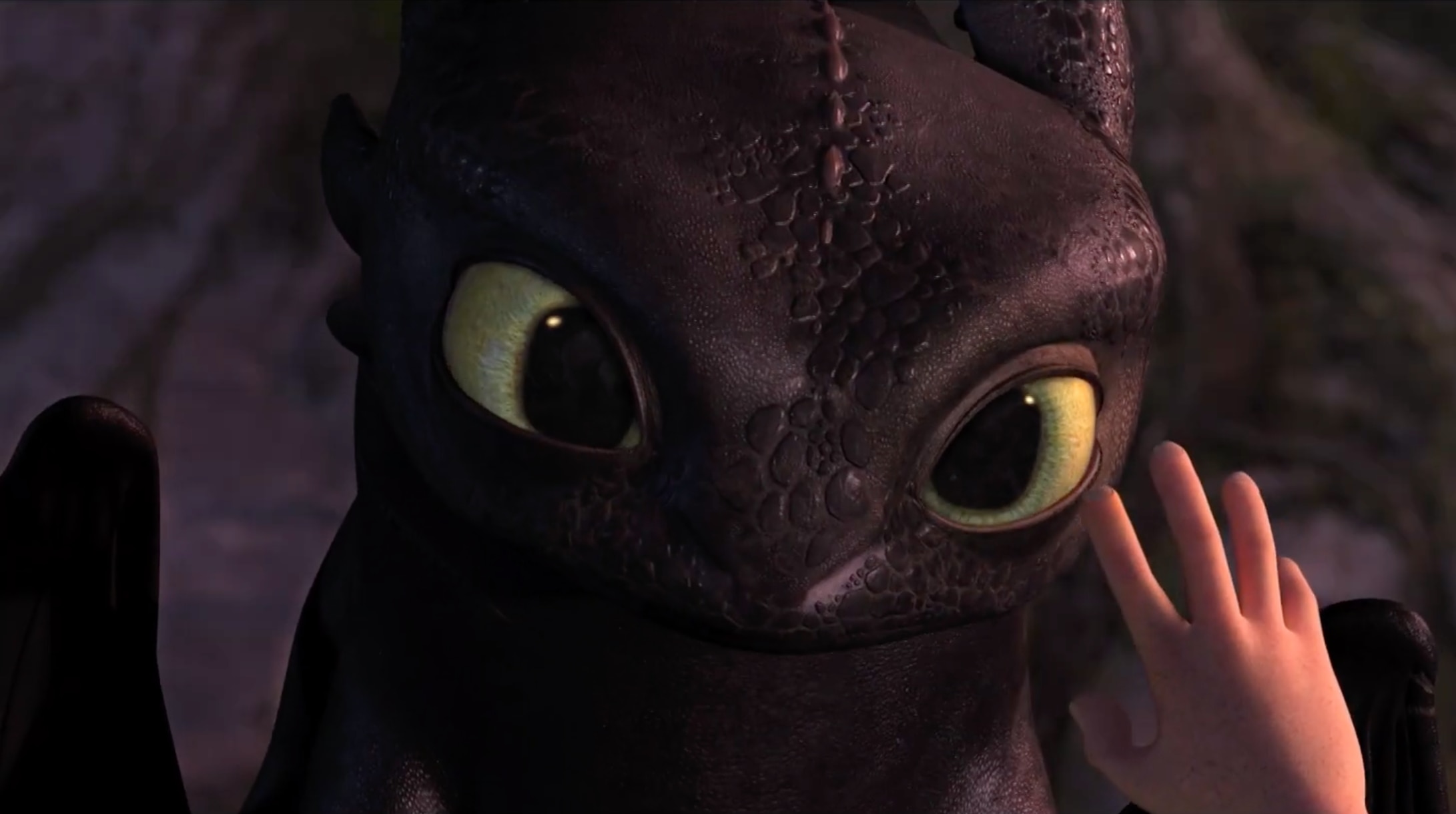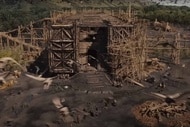Create a free profile to get unlimited access to exclusive videos, sweepstakes, and more!
Science Behind the Fiction: How to build your very own dragon

Sometimes animated children's films seem scientifically designed to delight children and infuriate parents. Other times, they are How to Train Your Dragon. The franchise, loosely based on the Cressida Cowell book series of the same name, has spawned a media empire that includes sequels, short films, a television series, video games, and an arena show.
How to Train Your Dragon teaches children, to modify the G.K. Chesterton quote, not just that dragons exist, but that dragons can be your friends. It's a message of increasing importance in a divided world, that those who you might call an enemy have the potential of being your dearest ally.
Sadly, so far as we can tell, there is a tragic lack of Toothlesses roaming the world. So, while we can't tell you how to train a dragon of your own, we can tell you how to find the next best thing.
There are a few key elements that define dragons. The first is Big Lizard Energy, the second is flight, and the last is fire. We'll take them in order.
KOMODO DRAGON
When it comes to terrifyingly rad lizards, the Komodo Dragon has no competitors.
Weighing in excess of 300 pounds and spanning 10 feet, Komodo Dragons are the largest lizards in the world. Their size makes them formidable hunters and they are known to take down large prey, including deer and water buffalo.
Their incredible size has been explained by island gigantism but some scientists believe they might be a remaining example of megafauna from eons past. While other large species faded into the history books, these resilient lizards persisted.
They are passive hunters, relying on patience, impressive jaw strength, and venom to take down prey. Once they've latched onto a meal, they'll take out a chunk, causing massive injuries that are further exacerbated by the toxins in their bite, which prevent clotting (causing a lot of bleeding).
Despite their impressive size, they can be fast when needed, reaching speeds of 12 miles per hour in pursuit of prey. Once a bite is delivered, they'll follow their quarry, wearing them down until the job is done.
While Komodo Dragons are effective hunters, their primary diet consists of carrion, but that hasn't prevented them from dining on humans when the opportunity arises. It's not difficult to see how the existence of such an animal might have inspired legends of terrible beasts out for human flesh.
FLYING LIZARDS
Also known by the appropriate moniker of the Draco Lizard, Flying Dragons are capable of flight — of a kind. Utilizing folds of skin stretched over specialized ribs, they are capable of gliding up to 30 feet at a stretch, 45 times their body length. Considering their size of approximately 8 inches, this would be comparable to a human gliding roughly 250 feet. This falls short of the first Wright Brothers flight of 852 feet, but is impressive nonetheless.
Impressive as the Draco Lizard is, it seems a holdover of a time long gone. There was a time when Earth's skies were dominated by flying reptiles. For 90 million years, pterosaurs were the only player above ground. While it isn't quite understood how flight worked among these winged beasts, fossil remains have been found at great distances from the nearest contemporaneous coasts, suggesting that, at the very least, once they got in the air, they were capable of staying there for a long time.
Most impressive among them was Quetzalcoatlus, a massive pterosaur with the impressive title of "the largest flying animal of all time." It stood at roughly the same height as a giraffe and took advantage of a thicker atmosphere to take flight.
With a wingspan of more than 30 feet, it's believed Quetzalcoatlus could travel 10,000 miles in one go at speeds of 80 miles per hour, staying aloft for a week at a time with minimal wing flapping. Some research suggests they were formidable land predators as well, scooping up small dinosaurs like bite-size snacks before taking flight again.
Imagine these massive creatures flying over the landscape for days at a time, swooping down at their leisure to scoop up morsels and then taking, once more, to the untamed skies. If those aren't dragons, I don't know what is.
BOMBARDIER BEETLE
Perhaps the most important element of the dragon mythos is the ability to burn the landscape before them. Though tiny, the Bombardier Beetle has an incredible defense mechanism. These tiny insects have specialized glands that synthesize specific chemicals; one chamber makes hydrogen peroxide and hydroquinone, the other makes enzymes that interact with those chemicals.
When threatened, the Bombardier Beetle combines these chemicals together, creating a mixture so intense it increases in temperature to 100 degrees C (212 degrees F), with the accompanying mist reaching temperatures of up to 1,000 degrees C (1,832 degrees F). The pressure expels it from the body toward any attacking predators with such force that said attacker is in for a serious surprise.
Even in the event that they are swallowed by a larger predator, such as a frog, it isn't necessarily an end to their tale. Research shows that in roughly half of predatory instances, Bombardier Beetles are capable of making an escape by filling their captors guts with hot chemicals until they are released.
Considering the ability of these tiny creatures to create chemical mixtures, coupled with research into bacteria creating flammable fuels, it isn't at all outside the ability of nature to create compounds which, when interacting with one another, could create fire.
The biggest hurdle is protecting the involved animal from any damage inherent in the reaction, which the Bombardier Beetle seems to have figured out. Given the right set of circumstances, and combining the best that nature has to offer, there's no reason, outside of the stubbornness of reality, that we couldn't have dragons of our very own.
Until such time as nature gets its act together, we'll just have to satiate ourselves on satisfying fictions. Luckily for us, there's plenty to go around.
How to Train Your Dragon: The Hidden World is in theaters now.














